Baboon Islands are not the only significance about Gambia, as there are a lot of facts about Gambia that are not really talked about. Here you will read the many facts about Gambia.
The Gambia is the smallest country in Africa. It is surrounded by Senegal except for its western coast on the Atlantic Ocean. It is situated on both sides of the lower reaches of the Gambia River. Banjul is its capital. The second and third largest cities are Serekunda and Brikama. The country has an area of 11,300 square kilometres and it has a population of over 2 million people.
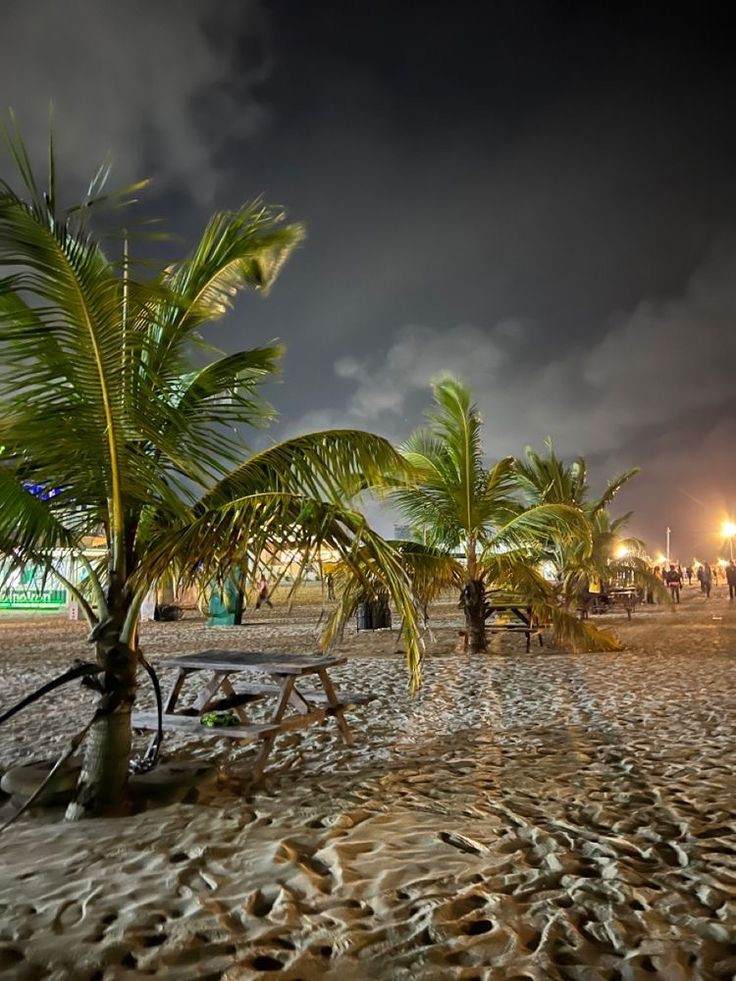
Below Are 13 Surprising Facts About Gambia You Must Know;
Gambia River
One of the many surprising facts about Gambia is its having a major river in the West African region. The river runs through Senegal to the Atlantic Ocean at the city Of Banjul.
The earliest known inhabitants of the area along the Gambia River include the Jola, the Balante, the Bainuk, and the Manjak. It was said that the Carthaginian explorer, Hanno the Navigator reached The Gambia during his expedition in the 5th century.
According to oral tradition, large numbers of Mandinks immigrants from Mali led by the Tiramakhan Traore, one of Sundiata’s top generals, came to the region in the 14th century. However, Some modern historians gathered there were relatively few immigrants, primarily the Jula traders instead. They led to a gradual socio-cultural shift towards identification with the higher-status Mandinka ethnicity and the ruling Mali Empire. These Jula are the major reason behind the Gambia becoming an important part of the wider West African trade network.
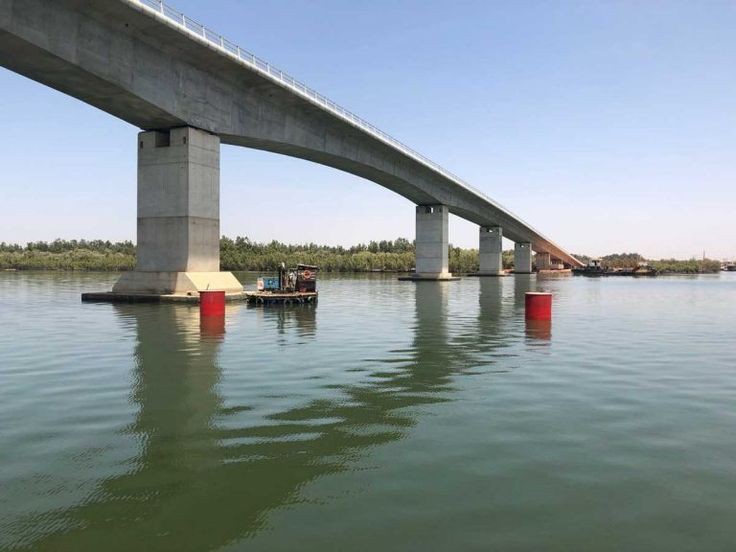
Moreover, Alvise Cadamosto, a Venetian explorer, working for the Portuguese became the first European to sail to the Gambia in 1455, referring to the river as “the Gambra” or “Cambra”. Although, other sources from that period recorded names such as Guambra, Guabu, and Gambu.
Merchants of various European countries traded on the Gambia River for two centuries. Cadamosto was the first to establish a permanent base, on what they called St. Andrew’s Island in 1651. However, the English changed the name to ‘St. James’ after taking control of the island 10 years later. The English and French fought for the commercial domination of the river for over 100 years.
Around the turn of the 18th century, Mungo Park traveled up the Gambia twice on his way to the Niger River.
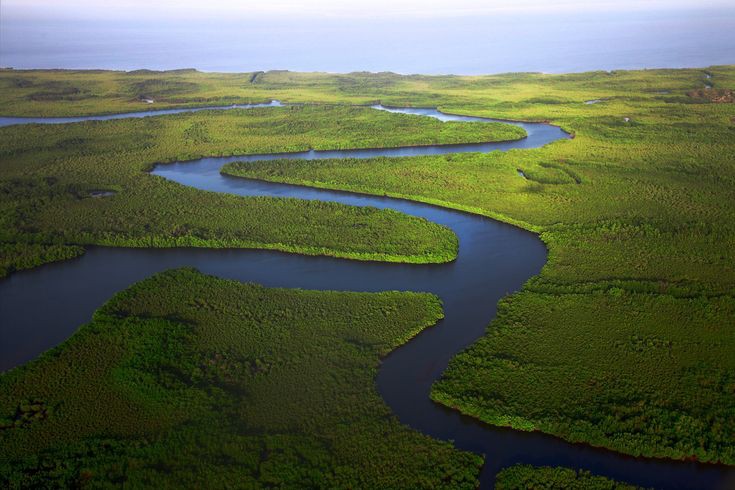
Gambia Colony And Protectorate
The British colonial administration of The Gambia was from 1821 to 1965. The colony was part of the British Empire in the New Imperialism era. It was the immediate surrounding of Bathurst, known as Banjul today. The protectorate was the inland territory situated around the Gambia River, which was declared in 1894.
Furthermore, the foundation of the colony was Fort James and Bathurst, where British presence was established in 1815 and 1816, respectively. For various periods in its existence, the Gambia colony was subordinate to the Sierra Leone colony. However in 1888, it became a colony on its own with a permanently appointed Governor.
The boundaries of the territory became an issue of contention between the British and French authorities due to the closeness of French Senegal. In addition, the British government had always attempted to exchange it with France for other territories such as the Upper Niger River.
Shortly after, the two colonizers agreed in principle to set the boundary at 10 kilometer north and south of the river, and east of Yarbutenda. Yarbutenda is the furthest navigable point on the river Gambia. This was followed by the dispatch of a joint Anglo-French Boundary Commission to map the actual border. However, on its arrival in the area in 1891, the Boundary Commission was met with resistance by local leaders whose territories they were coming to divide.
The colony ended in 1965 when The Gambia became an independent state within the Commonwealth of Nations, with Dawda Jawara as the Prime Minister.
Dawda Jawara
Sir Dawda Kairaba Jawara was a prominent Gambian politician in the mid-90s. He was born in Barajally, macCarthy Island Division to a married couple of Mamma Fatty and Almami Jawara. Jawara was educated at the Methodist Boy’s school in Banjul and then attended Achimota College in Ghana.
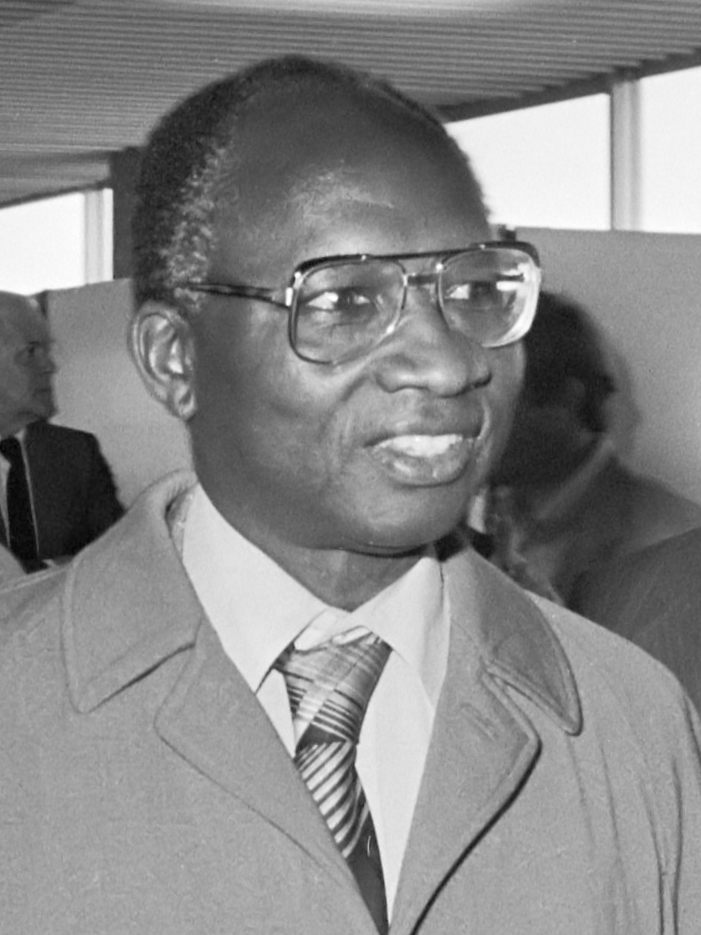
He was a trained veterinary doctor at the University of Glasgow’s School of Veterinary Medicine. He completed his training at the University of Liverpool and the University of Edinburgh. Jawara returned home in 1953 and married his wife, August Mahoney. He delved into politics and became the secretary of the new People’s Progressive Party (PPP).
A few years later, he was elected to the House of Representatives at the 1960 election. He became the country’s first Prime Minister 2 years later.
Under Jawara, The Gambia got its independence from the United Kingdom in 1965. In 1970, The Gambia became a republic and Jawara was elected as its first President.
However, Jawara faced the greatest challenge of his career when an attempted coup d’etat took place. Soldiers from Senegal intervened and over 600 deaths were recorded after the coup. As a result, Jawara and Senegalese President Abdou Diouf created the Senegambia Confederation but it collapsed 8 years later in 1989.
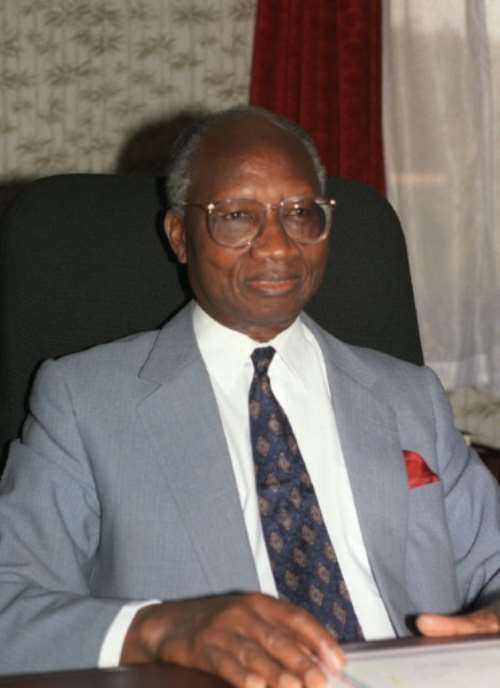
Jawara continued to rule as President until another successful coup in 1994 led by Yahya Jammeh seized power. As a result of the coup, Jawara spent 8 years in exile and made a return in 2002. He lived in retirement in the Gambia until he died in 2019.
Banjul
Tumani Bojang, the King of Kombi ceded Banjul Island to Alexander Grant in the year 1816. The king got an annual fee of 103 iron bars for the exchange.
Grant founded Banjul as a trading post and base, constructing houses and barracks for controlling entrance to the Gambia estuary and suppressing the slave trade. The British renamed Banjul island at St. Mary’s Island, after the 3rd Earl Bathurst, secretary of State for War and the Colonies at the time.
In 1885, Bathurst became the capital of the protectorate of the Gambia. This made the city see a population increase than any other city in The Gambia. It even became a greater attraction for Gambians due to the availability of jobs filled by British colonial activities.
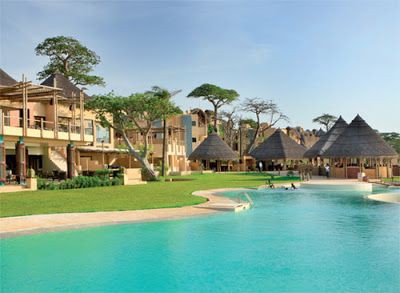
After independence, the town’s name was changed to Banjul in 1973. Banjul witnessed a bloodless coup in 1994, in which Ex. President Sir Dawda Jawara was overthrown and replaced by Yahaya Jammeh.
To commemorate this event, Arch 22 was built as an entrance portal to the capital. The gate is 35 meters tall and stands at the center of an open square.
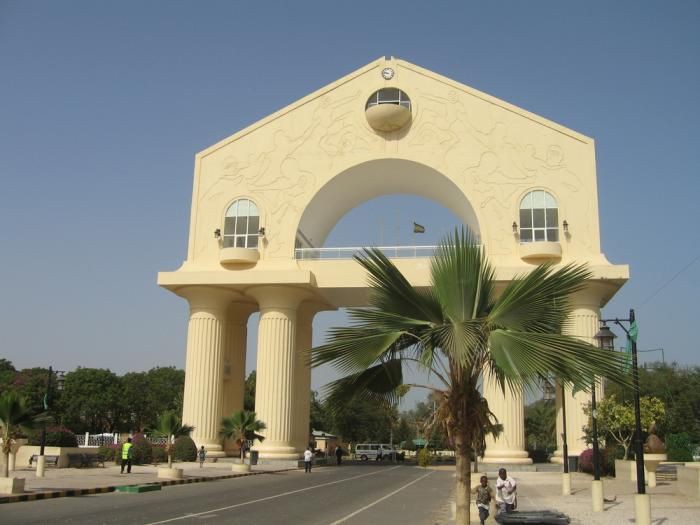
Moreover, Banjul remains the center of the eponymous administrative division, which is home to an estimated 400,000 residents. It is the Gambia’s largest and most densely populated area. It is located on St. Mary’s Island (Banjul Island), where the Gambia River enters the Atlantic Ocean.
Gambians Vote With Marbles
One of the many surprising facts about Gambia is its marble electoral process. Gambians go to voting centers on election day with stones or marbles in their hands to cast their vote.
Surprisingly, Gambians vote by dropping their marbles in the polling booth or drum that has the picture of their candidate.
This peculiar voting system came about 60 years ago. It was to include illiterate Gambians in the election proceedings of their beloved country. As archaic as it is, their electoral process is more transparent, fair, and credible than most other countries’ voting processes on the continent.
Baboon Islands
One of the most popular things about the Gambia is the Baboon Islands. It all started in 1969 when an English woman, Stella Brewer Marsden started the Chimpanzee Rehabilitation Project (CRP). The project was to return rescued chimps back to the forest.
Furthermore, rehabilitated chimps were given homes on the Baboon Islands. The Baboon Islands consist of five islands located on River Gambia. The popular Baboon islands are now home to hundreds of chimpanzees.

You can have a good look at the chimpanzees from the mainland, but you are not allowed to go close to them and it is also a prohibition going on the islands.
Sheikh Professor Doctor President
One too many surprising facts about the Gambia is the way the President of the country is addressed. The President is addressed as ‘Sheikh Professor Doctor President’.
Ever since Yahya Jammeh took over the highest seat in the country, he has given himself many titles. The ‘Sheikh’ in the title has no meaning but word among the citizens said that Yahya Jammeh gave himself ‘professorship’ after he said he found the cure for the incurable AIDs and several other diseases.
In addition, the ‘Doctor’ in the title was the honorary Doctor of Civil Law he was awarded by a Canadian University. Succeeding presidents also took on these titles. Therefore, a Gambian president is addressed as Sheikh Professor Doctor President.
Borreh
Borreh is the national sport of Gambia. It is a combat sport and a form of wrestling. It has a lot of similarities with the one you watch on television.
In Borreh, every wrestler’s goal is to throw their opponent out of the ring, take them off their feet, or knock them on all four to win. Just like other combat sports, borreh takes place in a ring.
Borreh is a popular sport in the West African region. Most of the countries in the region partake in it. The best fighter in Gambia or any other West African country gets to compete with fighters from other West African countries in international matches.
White Beaches
The Gambia is blessed with white sandy beaches due to its coast on the Atlantic Ocean. Its turquoise waters are located in the tropics. The beaches have warm seawater and palm trees and it is mostly uncrowded.

A lot of things attract tourists to The Gambia but the beaches are always among the things. The beaches attract tourists and travelers who look forward to catching a tan before or when they are done visiting the Baboon Islands.
The Gambia also has over 500 species of birds. There are many locations in the country where visitors go to bask in The Gambian birds’ beauty and sounds. The Gambia is a good tourist destination for bird lovers.
Gambian Jollof Rice
When it comes to jollof rice in Africa, Gambia makes the best jollof rice alongside countries like Nigeria, Senegal, Benin, and Ghana.
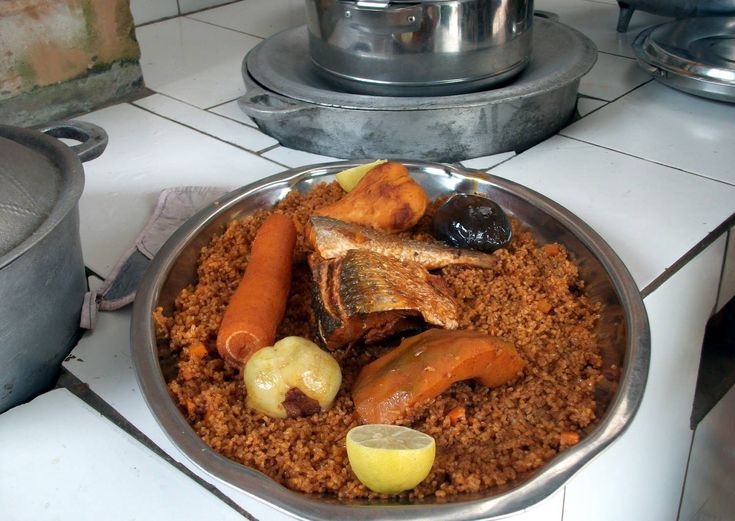
Gambian jollof rice is a famous and sumptuous West African meal. A hearty and nutritious dish that contains proteins and veggies. It is a one-pot dish with rice, fresh fish, onions, tomatoes, and spices. Gambia jollof rice is distinct for its bold flavor and vibrant color.
It is also known as Benanchin.
Gambia’s Economy Is On Agriculture
Another one of the many surprising facts about Gambia is the non-availability of mineral resources. As a result the economy of the Gambia is heavily on their farm produce and livestock.
However, the country has a limited agricultural base. More than half of the country’s population depends on crops and livestock. There is also small-scale of manufacturing activities which inclludes the processing of fish, meats, animal hides, peanuts, etc.
Circumcision By Kankurang
Another one of the suprising facts about Gambia is its circumcision process across various communities. It is saiid that before Gambian boys get to the puberty stage, they must go through circumcision, in order for them to be initiated into manhood. The circumcision is performed by Kankurang, a respected elder in the community.
Furthermore, Kankurang is responsible for teaching the young boys about herbs, herbs used, and the boys’ responsibility as men in the community. The Kankurang also uses magic powers to protect the boys from witches and evil spirits.
Because Gambians belief is that boys who just got circumcised are most vulnerable to evil spirits and witches.
The Scorpions
The Gambian football national team is nicknamed ‘The Scorpions’. The football national team is overseen by The Gambian Football Federation. Its national coach is Sang Ndong.
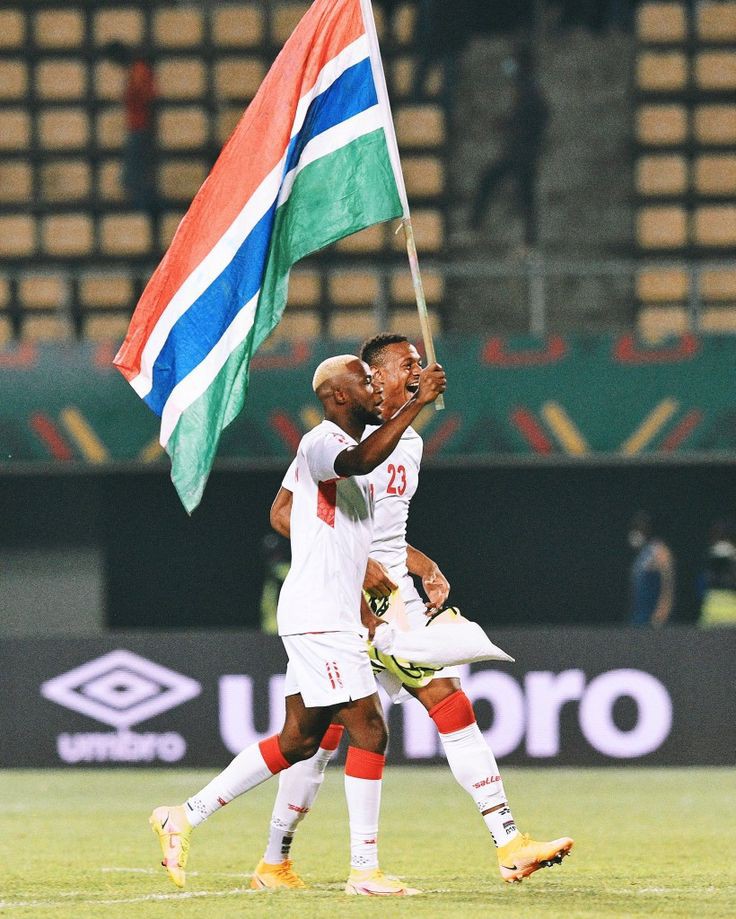
The name was given to the football team of the country by Gambians. The Scorpions has however not gone for a World Cup tournament before.
Conclusion
The Gambian may be small but it is a country full of history, cultures and beautiful centres for tourism.







